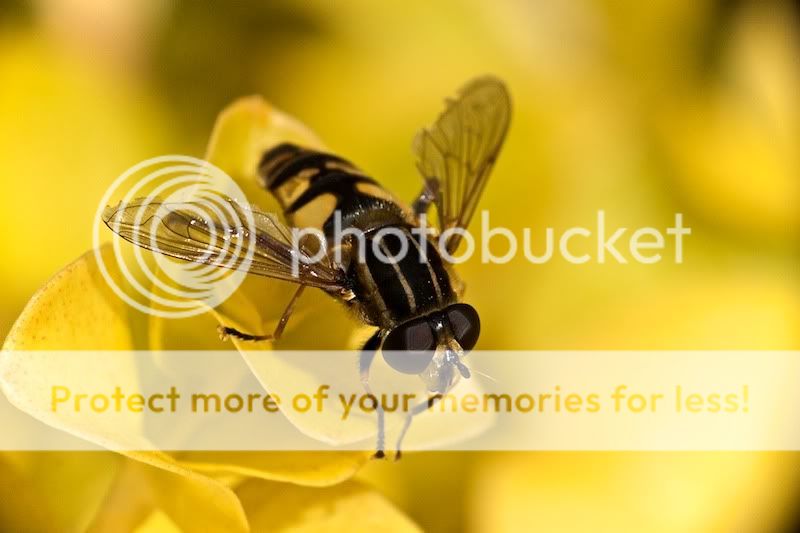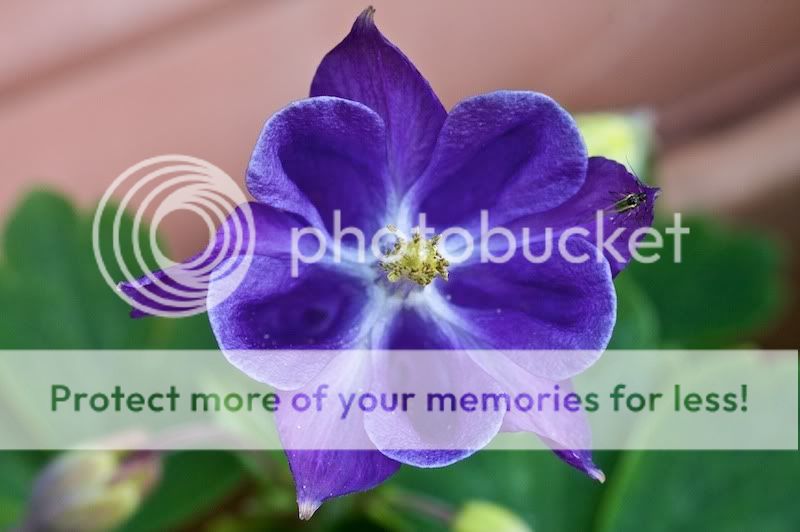- Messages
- 95
- Name
- Albert
- Edit My Images
- Yes
Hi
I have just been given a Canon EOS 450D which came with a EF-S 18-55mm lens.
I enjoy taking pictures of flowers but find it difficult to take good ones when the flowers are very small.
As I cannot afford a macro lens I have been adviced to get a Canon 250D or 500D close up lens.
My questions are:
a) Which one should I get
b) When using this lens should the camera be set to "Close up" function or "Manual"
c) These lenses come in different models eg. 52mm. 58mm. 72mm. What do these numbers refer to
Thanks to all those who could help me out
AGF
I have just been given a Canon EOS 450D which came with a EF-S 18-55mm lens.
I enjoy taking pictures of flowers but find it difficult to take good ones when the flowers are very small.
As I cannot afford a macro lens I have been adviced to get a Canon 250D or 500D close up lens.
My questions are:
a) Which one should I get
b) When using this lens should the camera be set to "Close up" function or "Manual"
c) These lenses come in different models eg. 52mm. 58mm. 72mm. What do these numbers refer to
Thanks to all those who could help me out
AGF




